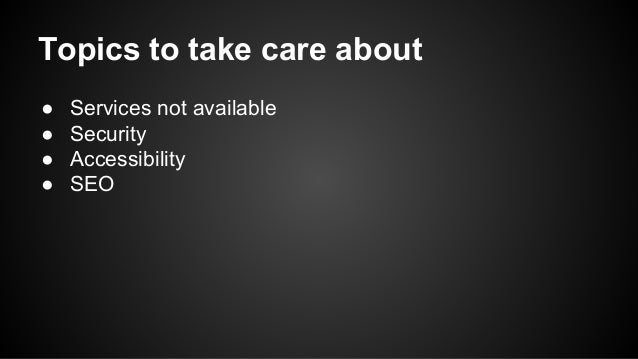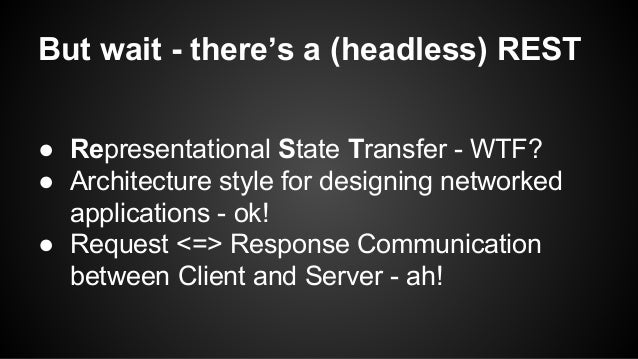

What can Headless CMS be used for? Websites, Kiosks, Menu boards and Web apps You are not locked in to specific CMS applications and skillsets when deploying to sites or devices Tailored delivery of content – specific to the device in use (eg: wearable, mobile, desktop, native app, IoT, Voice) Technology freedom Having one single source of content ensures that the wheels are never reinvented, but instead enhanced Consistency in brand messaging and communicationsĪdopting an omnichannel approach when using headless to ensure the same content or messaging is used across multiple channels Encourage user and customer loyalty When multiple locations exist for content, organisations can end up repeatedly developing new content, not realising that it already exists in another platform or on an intranet. Manage your content all in the one place and have it available to all of your websites and applications from a single system.
#Headless drupal benefits generator#
Sites developed with a static site generator and Headless CMS are not only more secure and faster then a dynamically generated website, as the site is output as static files it also means you can increase your traffic significantly without your server falling over. This is great for usability and Search engines look favourably on faster loading sites. Speed and Performanceīy combining a Headless CMS with a Static site generator such as GatsbyJS, Nuxt.js or Next.js you can see incredible improvements in site load times. With a clear separation of the data layer and the presentation layer, there is significantly reduced exposure for a Headless CMS attack, as the CMS can be locked down from public access. SecurityĪs Traditional CMS create pages dynamically it presents opportunities for many varied attacks such as SQL injection, Denial of Service and Cross-Site Scripting.


This may be in the form of static site generators or using client-side technologies such as React, Vue.js or Angular. Example Headless CMS infrastructureĭevelopers have the flexibility to choose how they wish to output the content made available within a Headless CMS. The separation of these two layers provides a number of benefits, some of which are outlined below. Headless is the separation of content and presentation layers resulting in content as data that can be consumed by web apps, multiple websites, wearables, kiosks, and devices. Being database-driven, these CMS are more susceptible for hacking attempts such as SQL injection, XSS and Denial of Service attacks.This requires specialist knowledge and a highly tuned environment to run optimally, particularly for high traffic sites Traditional CMS are typically database driven and use caching to assist with improved performance.In some instances, this can mean having to learn templating for 3-4 different CMS Developers must learn the templating language of the particular CMS.As many Traditional CMS only output as HTML, this limits the scope of where this content can be displayed New devices such as wearables and native phone apps have changed how content may be consumed.Some challenges that a Traditional CMS environment can present: The end-user experience is the result of all of the above, which if not tuned well, can lead to a negative experience all together, resulting in lost opportunities. Typical Traditional CMS infrastructureĪ Traditional CMS holds all relevant website files and content necessary to power the website, sometimes requiring additional bandwidth and storage to support the website load. These applications provide an administrator interface for the complete management of a website’s content, themes, and 3rd party extensions. WordPress, Drupal and Joomla are all examples of Traditional CMS (sometimes referred to as a monolithic CMS) that currently power a significant proportion of websites globally. To understand what a Headless CMS is, let’s take a look at the Traditional CMS environment. Whilst Headless CMS has been around for a while, they have only recently started to gain traction now that all of the accompanying technologies and connectors are stable and ready for production use.


 0 kommentar(er)
0 kommentar(er)
